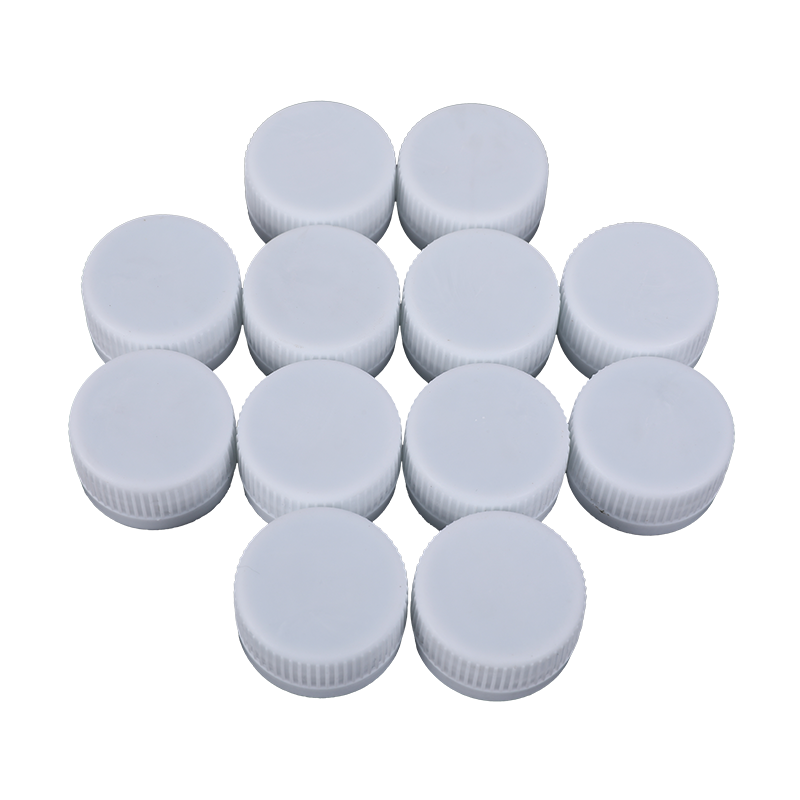Production process of injection molding bottle cap: the suction machine sucks the mixed materials into the barrel of injection molding machine, heats the barrel to the melting and plasticizing state, injects them into the mold cavity, cools and molds them in the cavity, demoulds them, and then finishes the production of injection molding bottle cap by cutting rings and padding.
Production process of plastic cap: the suction machine sucks the mixed materials into the barrel of the press, heats them in the barrel to the state of semi melting and plasticizing, extrudes them into the mould cavity quantitatively, closes the mould up and down, presses the mould, cools and shapes it, demoulds it, and then cuts and cushions it to complete the production of plastic cap.
The comparison between plastic cap and injection cap:
1. The injection cover needs to heat the material to the molten flow state, and the temperature is about 220 ℃; the pressure plastic only needs to heat to about 170 ℃, and the energy consumption of the injection cover is higher than that of the pressure plastic cover
2. The processing temperature of compression molding is low, the shrinkage is small, and the cover size is more accurate
3. There is no pouring point for the plastic cap, so it has a more beautiful appearance and better printing effect
4. The injection molding fills all cavities at one time, and the pressing molding extrudes one bottle cap material at a time. The extrusion pressure is very small, but the injection pressure is relatively high
5. The injection mold has a large volume and the replacement of a single mold cavity is troublesome; each mold cavity is relatively independent and can be replaced separately
At present, more than 80% of the domestic high-end bottle caps are molded. Compared with the injection molding process, the press molding process has the advantages of high production efficiency, long mold life, fast color change and energy saving lamp. The injection molding technology has great advantages in the forming of two-color caps, sports caps and other special-shaped caps.
High production efficiency
Taking 2.0g water cap as an example, the 48 chamber press can produce about 1200 caps per minute, while the 72 chamber injection molding system can produce only 960-1080 caps per minute under the condition of 4.0-4.5 seconds of molding cycle.
Low energy consumption
Because of the relatively low molding temperature (160-180 ℃, injection temperature 220-240 ℃) and the special continuous rotary molding mechanism, the energy consumption of compression molding can be reduced by 30% - 40% compared with injection molding.
The system has simple structure and convenient maintenance
The structure of the system is simple, including only two main units of plasticizing extrusion and rotary forming, so it occupies less space and is easy to maintain.
Stable process performance
Because the forming process is simple and the structure design is stable, the forming process of the cap system is stable and the consistency of the cap is good.
Fast color change
There is no hot runner system in the press molding process, so the color change speed block of the cap product saves materials.
There are also some disadvantages in the compression molding process:
Because the capping equipment can not produce the finished plastic bottle cap at one time, it needs to go through the post cutting ring process to complete. For the double sheet cover, an inner cushion forming process needs to be added, the production process is more complex, the production cycle of the product is increased, and the probability of producing defective products is also relatively increased. In addition, at present, the knowledge of pressing plastic technology is limited to standard plastic caps. For two-color caps, sports caps or special-shaped caps, they cannot be produced, and the diameter and weight of caps are also limited.